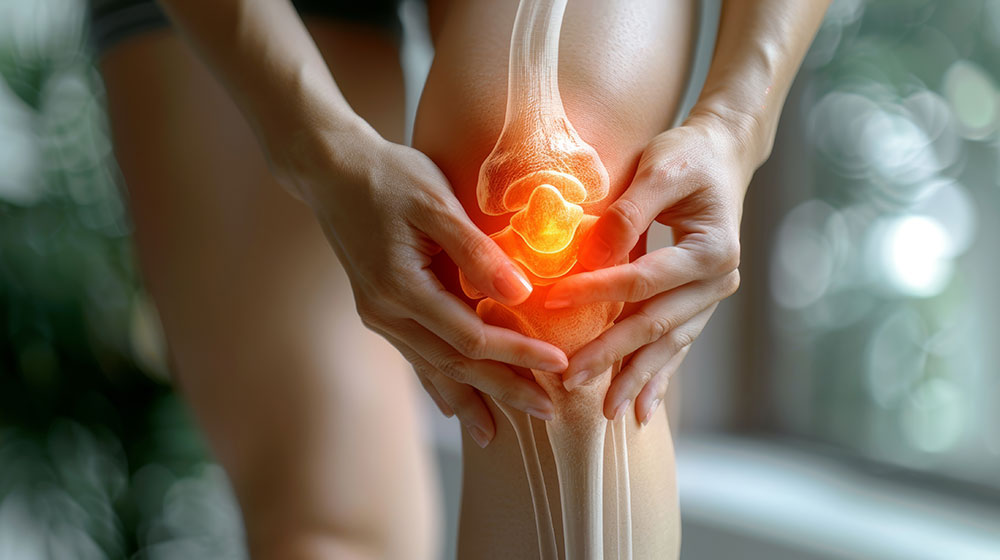Coping with Chronic Pain: Strategies That Work for Me

Living with chronic pain is a daily battle, but over the years, I’ve discovered several strategies that help me manage it and maintain a good quality of life. By sharing these methods, I hope to offer support and inspiration to others navigating similar challenges.
Understanding My Pain
The first step in managing chronic pain is understanding it. Keeping a pain journal has been a crucial tool for identifying patterns and triggers. In my journal, I record the intensity, duration, and type of pain, as well as any activities, foods, or emotional stress that might have contributed. This practice not only helps me track my symptoms, but it also gives my doctors valuable insight, enabling us to create a more targeted and effective pain management plan.
Pain Management Strategies
Here are some of the strategies that have worked for me:
Medication Management:
Working closely with my healthcare team to find the right medication regimen has been essential. Open and honest communication with your doctor is key—don’t hesitate to speak up about what works and what doesn’t. Over time, we’ve fine-tuned my medications to minimize side effects and maximize pain relief.
Physical Therapy:
Regular sessions with a physical therapist have significantly improved my mobility and reduced pain. My therapist tailors exercises specifically to my needs, helping to strengthen muscles and improve flexibility without aggravating my pain.
Mindfulness and Meditation:
Practicing mindfulness and meditation has been a game-changer for managing pain and stress. Techniques like deep breathing, progressive muscle relaxation, and guided imagery help me stay grounded in the present and reduce the intensity of my pain.
Healthy Diet:
Eating an anti-inflammatory diet has made a noticeable difference. Incorporating foods like leafy greens, fatty fish, nuts, and berries helps combat inflammation, which can reduce pain. I also avoid inflammatory triggers like processed foods and sugary snacks.
Incorporating Exercise
While it might seem counterintuitive, adding gentle exercise to my routine has been incredibly beneficial. Activities like yoga, swimming, and walking keep my body moving without putting too much strain on it. Exercise releases endorphins, which are natural pain relievers, and helps improve both my mood and energy levels.
Building Support Systems
A strong support system has made a world of difference. Whether it’s friends, family, or online support groups, connecting with others who understand what I’m going through provides emotional relief. Sharing experiences, advice, and encouragement with fellow chronic pain sufferers helps me feel less isolated. If you’re looking for a community, online forums and local support groups are great places to start.
Exploring Alternative Therapies
In addition to traditional treatments, exploring alternative therapies has provided additional relief. Acupuncture, chiropractic care, and massage therapy have all helped in managing my pain. These therapies offer different approaches to pain management and can complement the treatment plan provided by my doctors.
Conclusion: Finding Relief
Coping with chronic pain is no easy feat, but with the right strategies and support, it’s possible to lead a fulfilling life. From medication management to gentle exercise, these methods have made a significant difference in my ability to manage pain day to day. What strategies work for you? Share your tips in the comments below. Remember, you’re not alone in this journey—together, we can find ways to manage pain and improve our quality of life.





